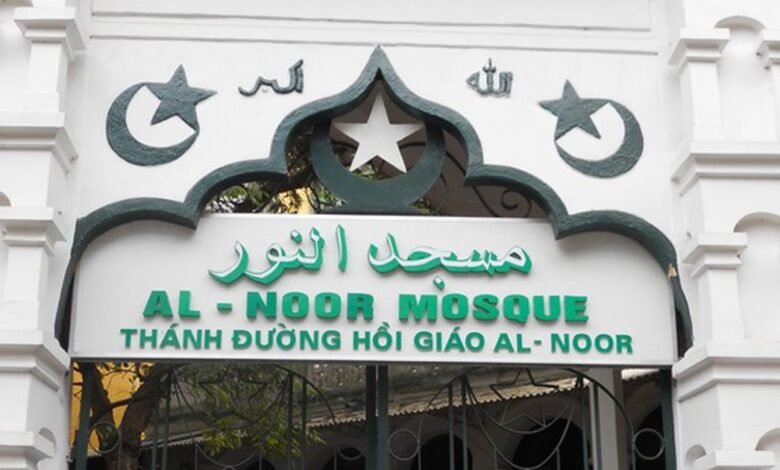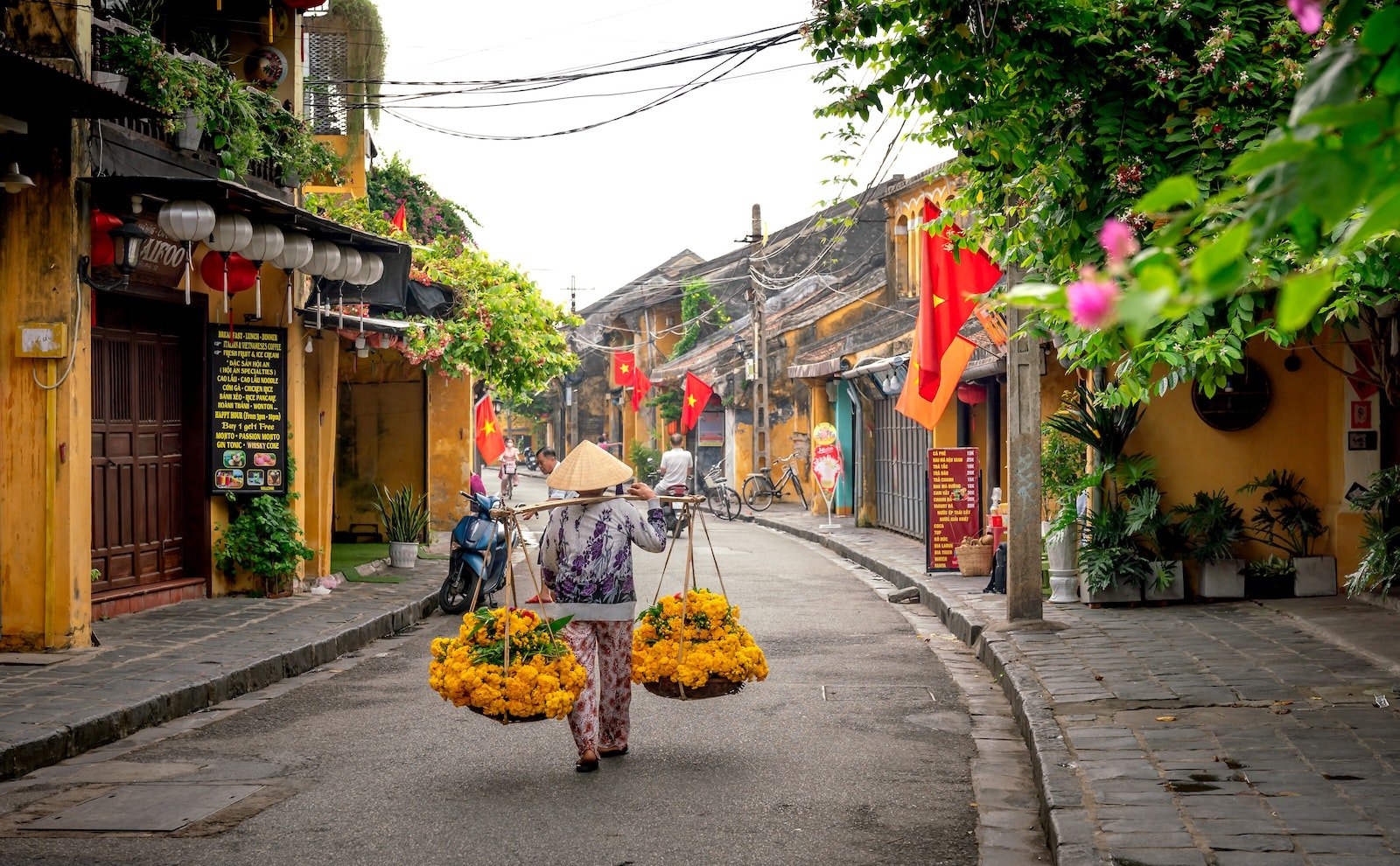
Vietnam is home to a small but vibrant Muslim community, particularly within the Cham ethnic group and communities of migrants and expatriates from various Islamic countries. Though Islam is a minority religion in Vietnam, its presence is marked by several beautiful mosques and a warm, close-knit community. In this post, we’ll explore the history, architecture, and locations of mosques in Vietnam, offering a glimpse into the unique Muslim culture in this predominantly Buddhist country.
A Brief History of Islam in Vietnam
Islam was introduced to Vietnam centuries ago, primarily through the Cham people, who have roots in the historic Kingdom of Champa. Located in what is now Central and Southern Vietnam, Champa had established trade connections with Islamic merchants from the Arab world and South Asia. Over time, many Cham people embraced Islam, and today, most Vietnamese Muslims are of Cham descent, though there are also smaller communities of Muslim migrants and converts, especially in major cities.
Notable Mosques in Vietnam
Despite being a minority religion, Vietnam has several mosques, mostly in the south, where the Cham population is concentrated, and in cities like Ho Chi Minh City and Hanoi, where Muslim expatriates and travelers are more common.
- Al-Noor Mosque (Hanoi)
Located in the heart of Hanoi, Al-Noor Mosque serves the city’s small Muslim community, which includes diplomats, business travelers, and Cham Muslims. Built in the late 19th century, this mosque features a simple, elegant design and is a welcoming space for Muslims visiting the capital. Al-Noor Mosque also hosts Friday prayers and provides halal food options for visitors. - Jamiul Muslimin Mosque (Ho Chi Minh City)
Ho Chi Minh City is home to several mosques, and Jamiul Muslimin is one of the most well-known. Located in District 1, it serves both local Cham Muslims and the city’s large expatriate and tourist Muslim population. This mosque is particularly active, with prayer services, educational activities, and community events throughout the week. - Chau Doc Mosque (An Giang Province)
Located near the Mekong Delta in An Giang Province, Chau Doc Mosque is one of many mosques serving the Cham Muslim communities in the area. An Giang has one of the largest concentrations of Cham Muslims in Vietnam, and the mosques here reflect the Cham cultural heritage with unique architectural styles and community-focused activities. Chau Doc Mosque is a serene and spiritual place, surrounded by beautiful landscapes along the river. - Mubarak Mosque (Tay Ninh Province)
Mubarak Mosque, located in Tay Ninh Province, is another important place of worship for the Cham community. The architecture combines traditional Cham styles with Islamic design, featuring beautiful minarets and arches. This mosque is a cultural and religious landmark for Cham Muslims in Tay Ninh.
Architectural Styles of Vietnamese Mosques
Vietnamese mosques often blend local Cham architecture with traditional Islamic elements. You’ll find simpler structures compared to Middle Eastern mosques, typically with open-air courtyards and arched windows. Minarets are common, although they may be smaller or more understated. These architectural details reflect the Cham culture and the integration of Islamic influences, creating a distinct style unique to the region.
Life in the Vietnamese Muslim Community
Vietnam’s Muslim community, though small, is active and close-knit. Many mosques offer more than just a place to pray; they provide spaces for social gatherings, religious education, and halal meals. During important Islamic holidays like Eid al-Fitr and Eid al-Adha, Vietnamese Muslims come together to celebrate, often inviting members of other communities to join in. This inclusivity fosters cultural understanding and enriches Vietnam’s religious diversity.
Conclusion
While Islam represents a minority faith in Vietnam, its presence is deeply rooted in history and culture, particularly among the Cham people. The mosques scattered across the country stand as symbols of the religious diversity that characterizes Vietnam. They are not only places of worship but also bridges connecting different communities, fostering peace, and celebrating Vietnam’s multicultural heritage.



